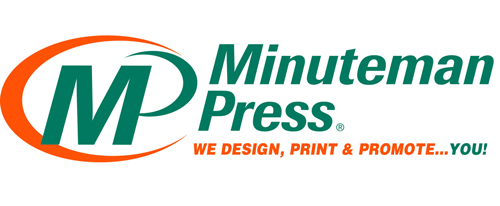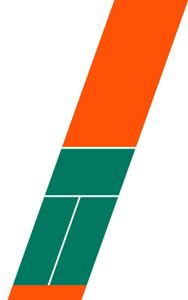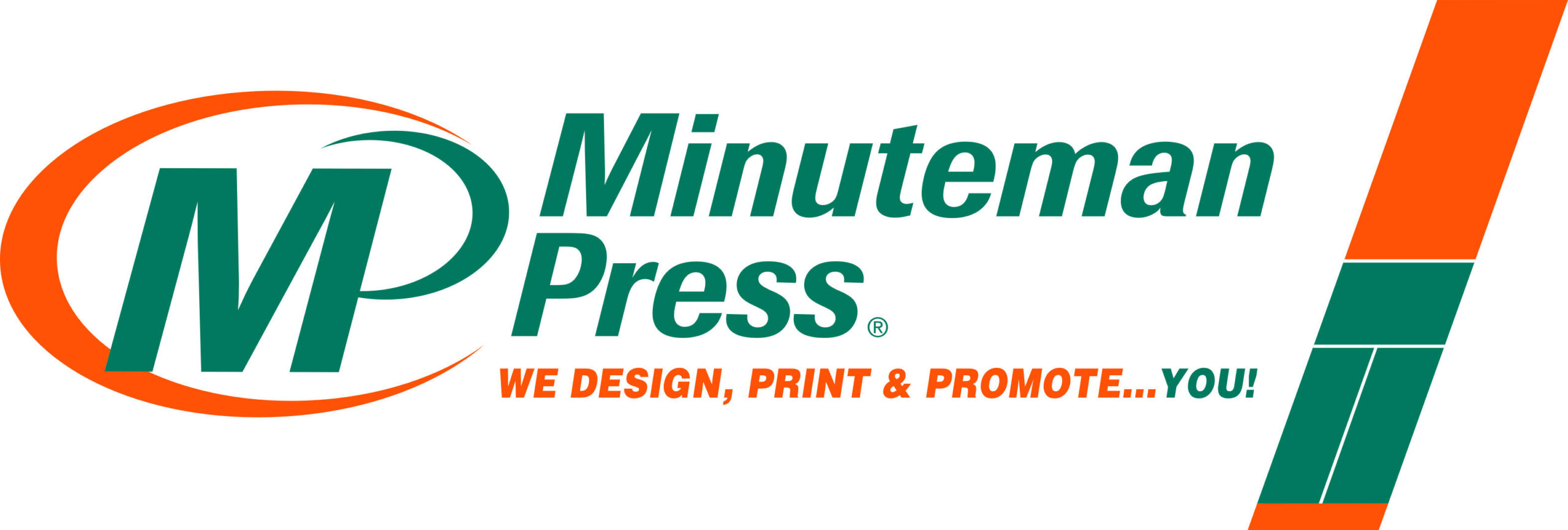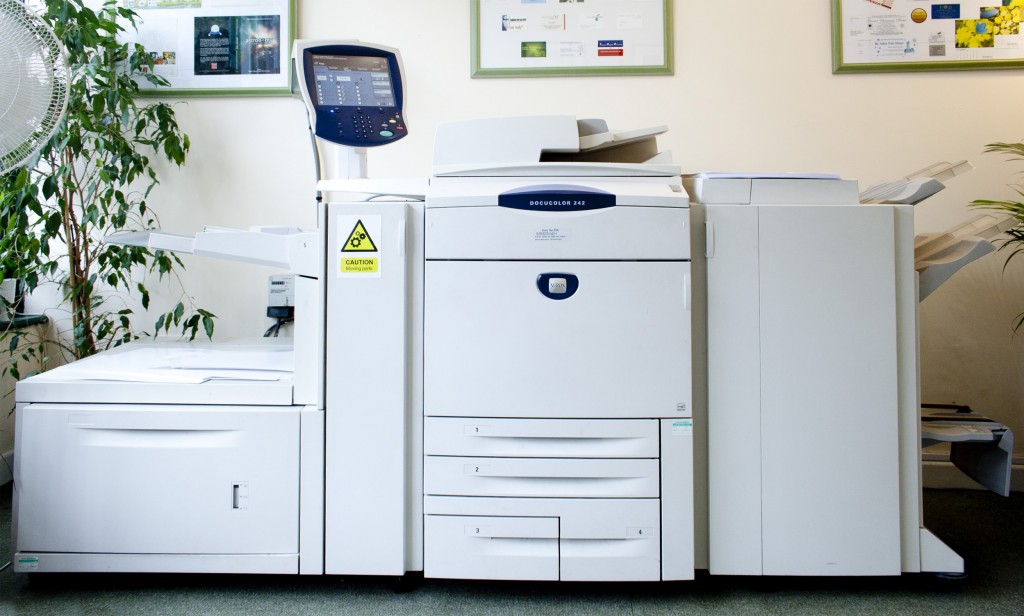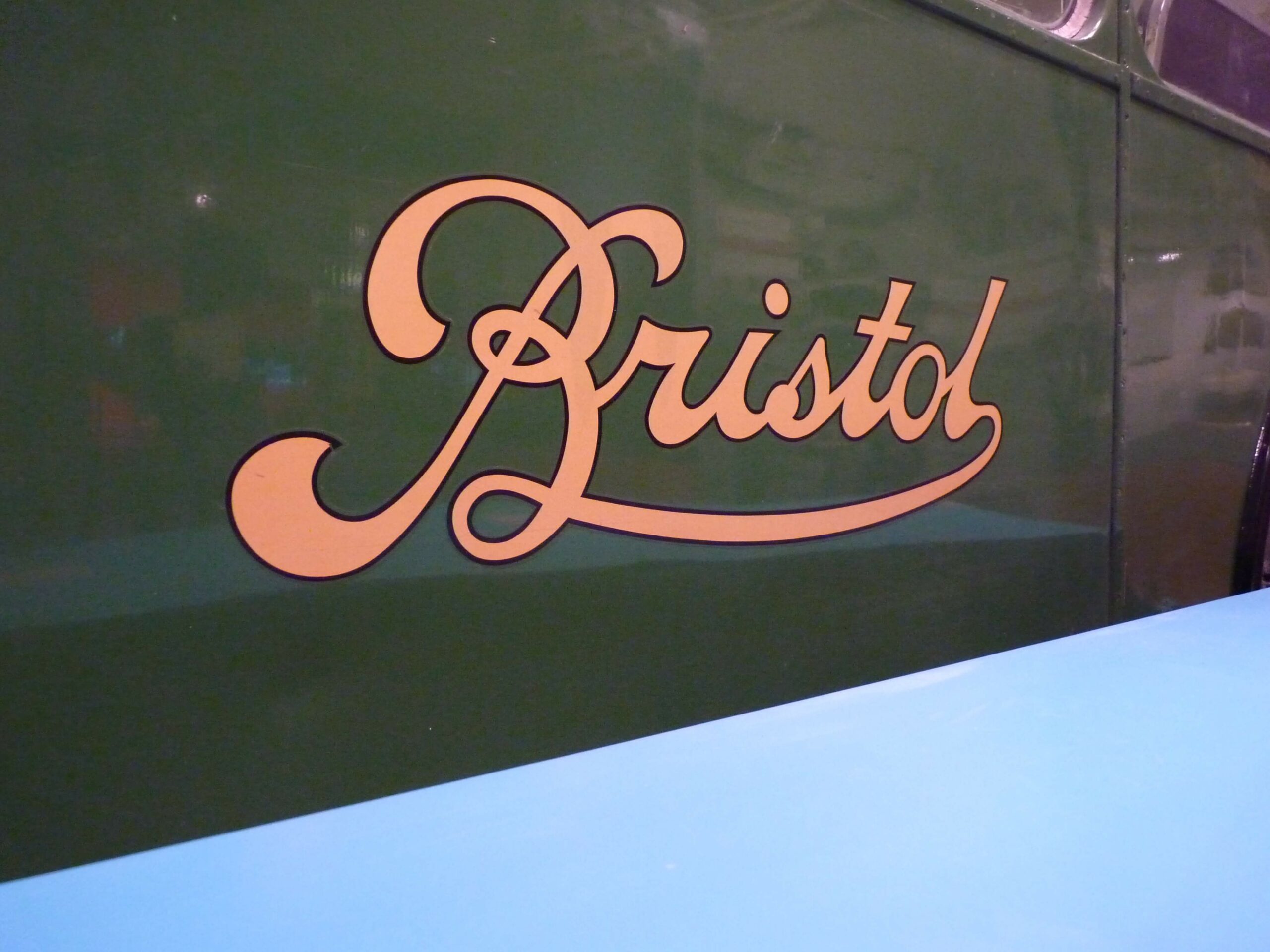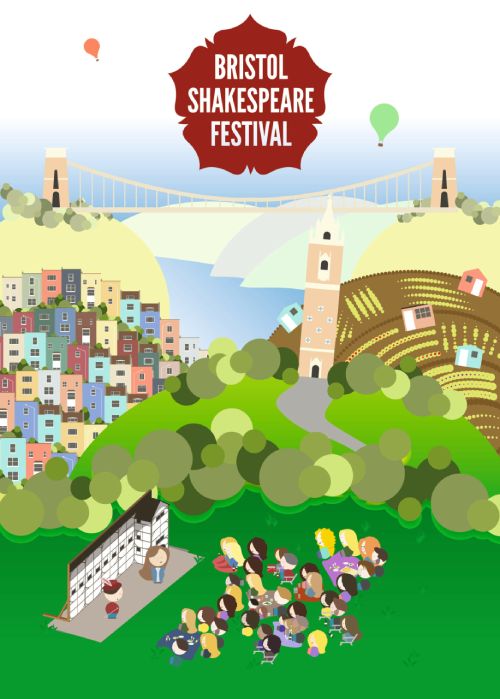Printing technology has evolved immeasurably in recent years with the advent of new and exciting options, such as digital printing and 3D printing. The fact remains however, that for many people the features and benefits of these forms of printing have eluded them.
What is Digital Printing?
Digital printing is a form of printing which uses a series of dots, often referred to as dots per inch (DPI) to print its imagery. DPI is the typical notation for the resolution of an image. The higher the resolution the clearer and sharper the image will be, essentially with more detail as there are more dots per inch. When it comes to digital printing, what has to be considered is that print quality is also dependent upon the resolution that the printer is capable of printing. There is no point in creating artwork at a high resolution, if your choice of digital printer will not print at that level of resolution.
Types of Digital Printing? Would you Like Inkjet or Dry Toner, Sir?
Digital printers typically present in two different flavours, Inkjet or Dry Toner; both offer their own distinct features and benefits.
Inkjet digital printers operate by depositing tiny drops of coloured ink onto the chosen substrate. These drops constitute the dots that create the image itself. Dots are typically 50 – 60 microns, smaller than the width of the average hair. The supplied raster document determines where the dots print on the substrate.
Dry toner digital printers function using a dry toner based system. Toner is typically very fine, and plastic based. The toner is heated via a unit within the printer called the fuser, which melts the toner onto the paper. Dry toner based printers print dots at 7 – 10 microns; smaller than inkjet printing, which is why the resolution, clarity and detail are all enhanced on a dry toner printed document.
How does the Print Process Work?
The print process commences with the image or content to be printed supplied in a relevant format. The image or content, whatever it may be, needs to be created in electronic form or alternatively converted into a raster format that can be read by the printer. This is usually one of the following, TIFF (Tagged Image File Format), JPEG (Joint Photographic Experts Group), PDF (Portable Document Format) or BMP (Bitmap image file). Dependent upon the printer’s software and functionality it may be capable of accepting native files from relevant image based or graphic design type software programs such as Photoshop, whose working files tend to be PSD format (Photoshop document) or alternative programs such as Adobe InDesign and Adobe Illustrator.
A raster file in printer terms means that the image is converted into a format that the printer can read; a series of dots which form the complete image. The raster file is a set of instructions, which command the printer where to print the dots on the substrate, as well as the colour required to make up the complete image.
Why use Digital Printing?
Quicker Turnaround Time
There are a number of reasons for opting to use digital printing versus traditional litho based printing, one of which is leadtime. Digital printing requires a far shorter set-up time than traditional printing options, for example, plate creation is not required. Digital printers work from a relevant usable file, directly accessed and printed. Further, there is no drying time, especially with dry toner digital printing.
Another Benefit is Cost, for Short Runs in particular
Digital printers offer cost savings, certainly when considering short-run print; this relates to printing of a relatively small volume, such as up to 500 prints (subject to project specification). The reason for the cost saving is that unlike litho printing which requires significant set-up prior to the actual print, digital printing works direct from a relevant file.
Simple to make Changes
One of the inherent benefits of digital print is the ability to make changes without the need to recreate new plates (as used in litho printing); this makes digital printing a versatile and useful option. Changes can be made quickly, within the relevant software, and printed out in a fraction of the time compared with litho printing.
How to Avoid Potential Problems
An inherent complication encountered by any digital print company is where artwork has been provided at insufficient resolution to deliver the desired outcome. The size and resolution of the imagery and content must be of sufficient quality to ensure that the print is sharp. Check with the printing company to be certain that all artwork has been created in the correct format and resolution.
Problems occur where small images are downloaded from the internet, as often these images will be of low resolution (typically 72 dpi) and low dimension; suitable for web based functions, not for print. Check the resolution of the image and also the size.
Ensure that supplied artwork is in a configuration that is appropriate to the required format for printing. As mentioned typical formats are graphic based including JPEG, TIFF and PDF, amongst others. The required format should be verified with the appointed printing company.
